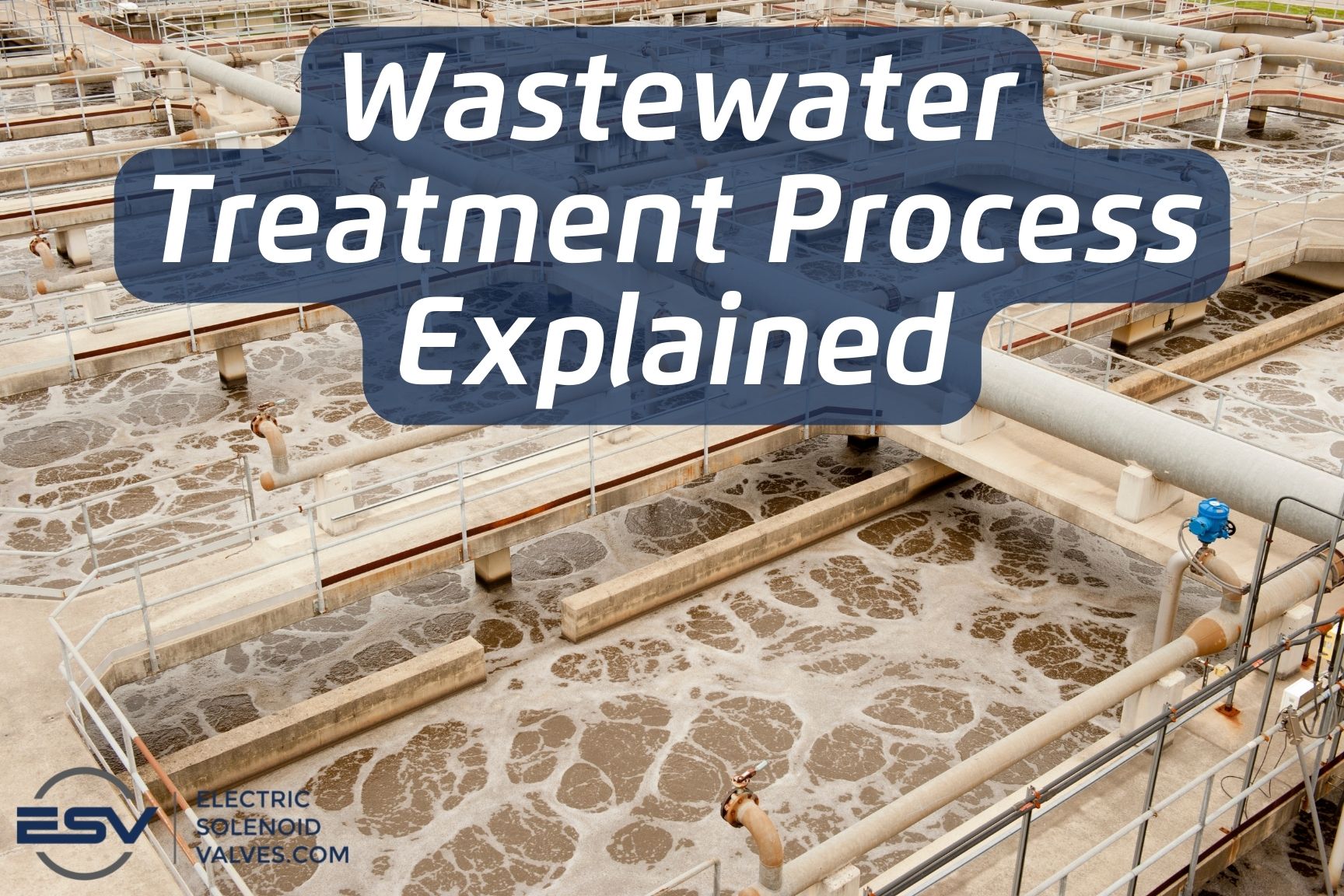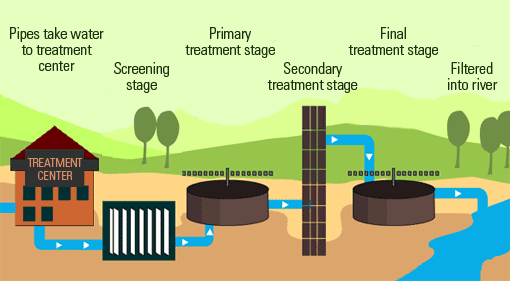Key Challenges in Urban Waste Water Treatment Strategies
Key Challenges in Urban Waste Water Treatment Strategies
Blog Article
Strategic Approaches to Boost Drainage Treatment Effectiveness and Decrease Environmental Impact
In the world of waste water therapy, the pursuit for enhanced effectiveness and minimized environmental influence is a perpetual obstacle that demands critical solutions. As culture grapples with the essential to handle water resources sustainably, a nuanced method ends up being essential. The combination of sophisticated therapy innovations, energy-efficient procedures, source recovery strategies, enhanced nutrient removal strategies, and clever surveillance and control systems stands for a complex structure for resolving these pushing worries. Nonetheless, what exists at the core of this facility internet of methods is the prospective to change the method we approach waste water therapy, not equally as a procedure of disposal, yet as a beneficial chance for advancement and environmental stewardship.
Advanced Therapy Technologies
Advanced membrane layer filtration systems have actually reinvented innovative wastewater treatment procedures, significantly enhancing the elimination of contaminants. These ingenious systems function forcibly water through a semi-permeable membrane layer, effectively separating contaminations from the water stream. The membrane's microscopic pores trap contaminants such as microorganisms, viruses, and put on hold solids, permitting only detoxified water to go through. This modern technology has verified to be very effective in eliminating a wide variety of impurities, including pharmaceuticals, hefty metals, and organic compounds, which are frequently testing to remove through conventional treatment methods.
Moreover, membrane layer filtration systems offer numerous benefits over standard therapy strategies. They call for much less area, produce higher-quality effluent, and are much more resistant to changes in influent water high quality. Additionally, these systems are highly versatile and can be easily integrated into existing therapy plants or made use of as standalone devices for decentralized applications. As the need for clean water remains to rise, the fostering of advanced membrane layer purification modern technologies is necessary to make certain efficient and lasting wastewater treatment practices.
Energy-Efficient Processes
The combination of energy-efficient procedures in wastewater therapy systems is vital for optimizing resource usage and lowering operational costs. One essential strategy to improving power performance in wastewater therapy is the application of advanced oygenation systems, such as great bubble diffusers or surface aerators, which can enhance oxygen transfer effectiveness and minimize power consumption.
Additionally, enhancing process control and automation with the usage of sophisticated sensing units and monitoring systems can enhance overall power performance by adjusting procedures in real-time based upon real need and problems. Carrying out energy audits and on a regular basis checking power efficiency indications are necessary methods to recognize locations for enhancement and track energy-saving initiatives efficiently. In general, the adoption of energy-efficient procedures in wastewater therapy not just benefits the setting yet likewise adds to long-lasting cost savings and operational sustainability.
Source Healing Techniques
With a focus on enhancing resource utilization and sustainability in wastewater therapy systems, the execution of source recuperation methods emerges as a pivotal facet in improving operational efficiency. Resource recuperation methods in wastewater treatment involve the recognition and removal of useful resources from the waste advice stream, thus transforming what was when thought about waste right into a beneficial possession. By implementing source recuperation techniques such as nutrient elimination and recovery, power generation from raw material, and the manufacturing of reusable water, wastewater therapy plants can minimize ecological influence while optimizing efficiency.

Boosted Nutrient Elimination Strategies
Implementing advanced nutrient removal methods is necessary for optimizing the efficiency of wastewater therapy systems. One of the vital techniques utilized for improved nutrient removal is the procedure of biological nutrient removal (BNR), which includes the removal of nitrogen and phosphorus with biological processes.

Along with BNR, advanced treatment approaches such as membrane layer bioreactors (MBRs) and constructed wetlands can likewise be utilized to improve nutrient elimination effectiveness. MBRs make use of membranes to attain premium effluent standards by successfully getting rid of nutrients and suspended solids. Built wetlands imitate all-natural marsh procedures to remove nutrients through plant uptake, microbial activity, and sedimentation. By including these innovative nutrient elimination techniques into wastewater treatment sectors, towns and systems can effectively reduce nutrient pollution and secure the atmosphere.
Smart Tracking and Control Systems
Making use of sophisticated modern technology, the assimilation of clever tracking and control systems revolutionizes the functional effectiveness of wastewater treatment facilities. These systems include innovative sensors and data analytics to continuously keep an eye on key specifications such as pH levels, turbidity, dissolved oxygen, and circulation rates in real-time. By accumulating and evaluating this data, drivers can acquire valuable understandings into the efficiency of the therapy processes, making it possible for positive adjustments to optimize therapy efficiency.
Smart surveillance and control systems also sustain remote monitoring capacities, enabling drivers to access real-time information and control functions from off-site places. This remote ease of access enhances functional adaptability and responsiveness, allowing speedy interventions in situation of system malfunctions or variations in influent quality. The predictive maintenance abilities of these systems aid prevent devices failings and decrease downtime, ultimately enhancing the general reliability of wastewater treatment procedures.
Verdict
To conclude, critical techniques such as sophisticated therapy technologies, energy-efficient procedures, source recuperation approaches, enhanced nutrient elimination strategies, and wise surveillance and control systems play an essential function in improving wastewater treatment effectiveness and reducing environmental effect. By carrying out these methods, wastewater therapy plants can enhance their overall performance, reduce energy consumption, recuperate beneficial sources, and make certain conformity with ecological guidelines. These techniques are vital for sustainable and reliable wastewater monitoring practices.

In verdict, tactical strategies such as sophisticated therapy technologies, energy-efficient procedures, resource healing strategies, improved nutrient elimination techniques, and wise monitoring and control systems play a crucial function in boosting wastewater treatment effectiveness and minimizing environmental influence.
Report this page